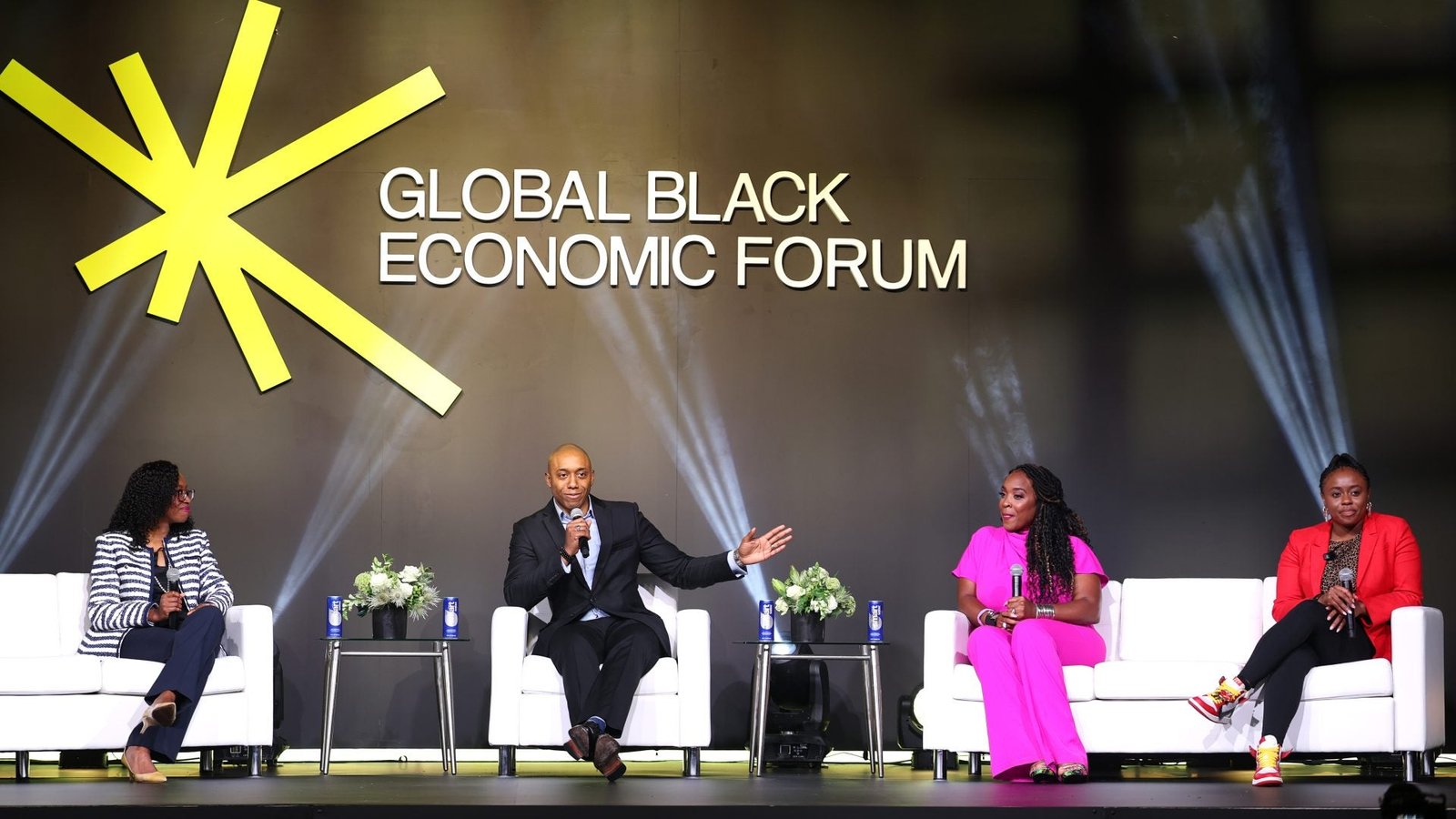AI plays a bigger role in the $302 billion portfolio the Oracle of Omaha oversees at Berkshire Hathaway than you might realize.
For six decades, billionaire Warren Buffett has been dazzling Wall Street with his investing prowess. Though his company, Berkshire Hathaway (BRK.A -0.63%) (BRK.B -0.64%), hasn’t outperformed the benchmark S&P 500 every year since 1965, he’s nearly doubled the average annual total return of this broad-based index, including dividends, spanning 60 years.
For some investors, riding the Oracle of Omaha’s coattails and mirroring his trading activity has been a pathway to long-term riches. Historically, this has meant buying time-tested businesses in the financial or consumer staples sectors.
Berkshire Hathaway CEO Warren Buffett. Image source: The Motley Fool.
But you might be surprised to learn that even 95-year-old Warren Buffett, who’s set to retire at the end of the year and has, by his own admission, never been particularly tech-savvy, is invested heavily in the evolution of artificial intelligence (AI).
With AI, software and systems are given the capacity to make split-second decisions without human oversight or intervention. These systems may also have the ability to learn over time, which can make them more efficient at their assigned tasks. In Sizing the Prize, the analysts at PwC pegged this global addressable opportunity for artificial intelligence at $15.7 trillion by 2030.
While most brand-name businesses are incorporating AI solutions in some way or another (e.g., assisting with supply chain management), there are only two AI stocks in Berkshire Hathaway’s $302 billion investment portfolio whose future growth prospects are highly dependent on AI investments — and they comprise a whopping $68 billion of the invested assets Warren Buffett oversees.
Apple: $65.3 billion of invested assets
Long before artificial intelligence became the hottest thing since sliced bread on Wall Street, Apple (AAPL 1.82%) was incorporating this technology into its flagship iPhone. Predictive text and typing suggestions have been a staple in iPhone for more than a decade, and voice assistant Siri was initially introduced in early 2010. Though Apple might not be thought of as a current AI leader, it’s been a pioneer of AI applications for more than a decade.
In June 2024, Apple unveiled what it dubbed “Apple Intelligence” at the Worldwide Developers Conference. This is effectively the umbrella of Apple’s AI ambitions. It incorporates more interactive responses from Siri, as well as powers health monitoring, Face ID, and various intelligent writing and image tools. Apple Intelligence is expected to play a key role in reigniting the growth engine for iPhone and the company’s other physical devices.
As of midday on Sept. 12, Apple accounted for more than $65 billion of Berkshire Hathaway’s invested assets.
However, Buffett’s fascination with Apple goes beyond artificial intelligence. Aside from checking all the usual boxes he looks for in a long-term investment, Apple sports the greatest share repurchase program on the planet. Since initiating a buyback program in 2013, it’s repurchased over $796 billion of its own stock and reduced its outstanding share count by almost 44%. There’s no question that this aggressive buyback program has had a positive impact on its earnings per share.
Furthermore, Berkshire’s billionaire boss has a keen understanding of consumer buying habits. Apple’s customer base has demonstrated incredibly brand loyalty. While physical device sales have lagged in recent years, demand for Apple’s higher-margin subscription services has grown considerably.

Image source: Amazon.
Amazon: $2.3 billion of invested assets
The other AI stock Warren Buffett has a meaningful wager on is Amazon (AMZN -0.74%), which accounts for about $2.3 billion of Berkshire Hathaway’s invested assets.
Most people are familiar with Amazon because of its world-leading online marketplace. Though online retail sales account for a good chunk of Amazon’s revenue, the margins associated with retail sales are low. Nevertheless, I’m fairly certain Buffett can appreciate Amazon’s sustainable moat in e-commerce, even if the margins aren’t great.
Amazon’s incorporation of AI has almost everything to do with its rapidly growing cloud infrastructure platform, Amazon Web Services (AWS). Based on second-quarter estimates from Canalys, AWS corralled 32% of worldwide cloud infrastructure service spend.
AWS is allowing its users access to generative AI solutions, as well as the ability to build and train large language models. This helps businesses customize these solutions to fit their needs. The expectation is for AI to accelerate AWSs already impressive growth rate and build on its $123 billion annual sales run-rate, as of the June-ended quarter.
However, AWS isn’t the only ancillary operating segment generating big-time margins for Amazon. Subscription services and advertising services have also been growing by a steady double-digit percentage. Exclusive content deals with the National Football League (NFL) and National Basketball Association (NBA) have likely boosted Prime subscriptions and Amazon’s subscription pricing power.
Meanwhile, Amazon is attracting billons of monthly visitors between its online marketplace and its growing content/streaming library. With few social platforms offering as many eyeballs as Amazon, it’s had little trouble commanding strong ad-pricing power.
Considering how important AWS is to Amazon’s future cash flow and operating income, artificial intelligence is foundational to it success — as well as the success of Berkshire Hathaway’s investment in the company.

























